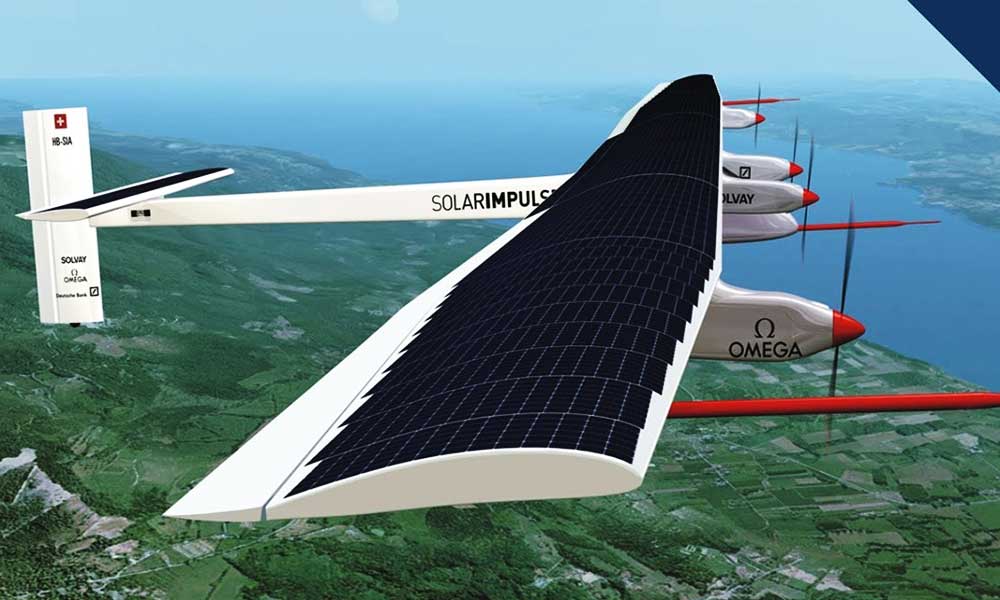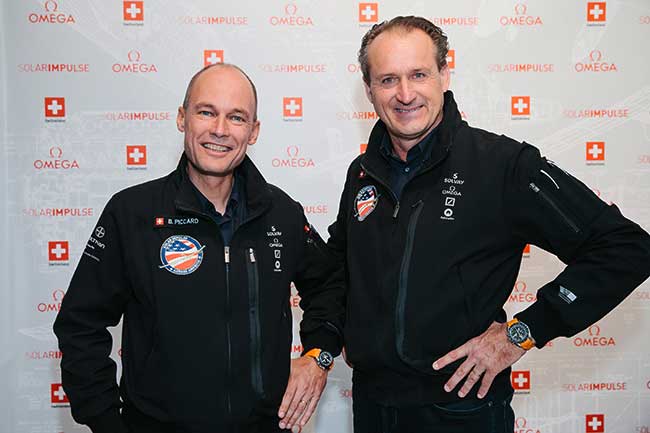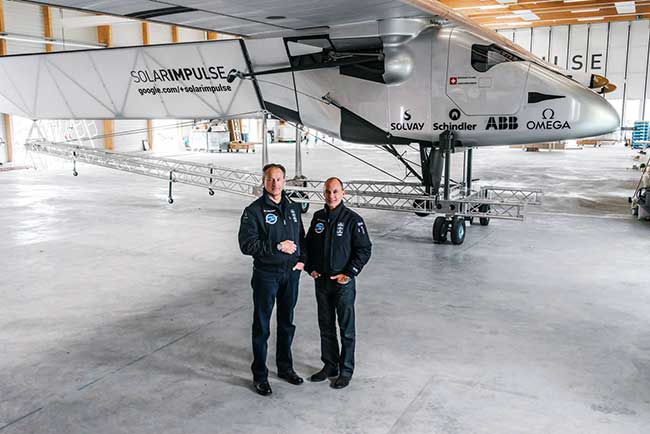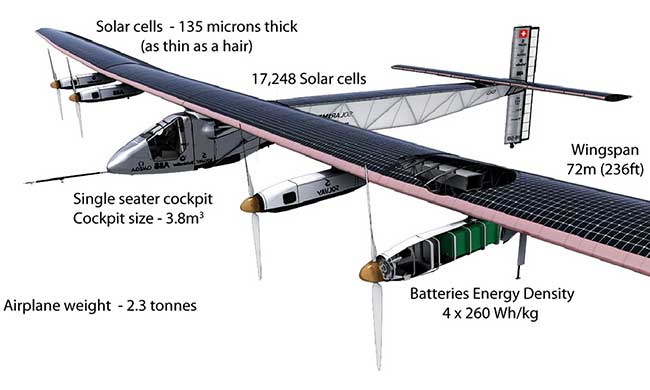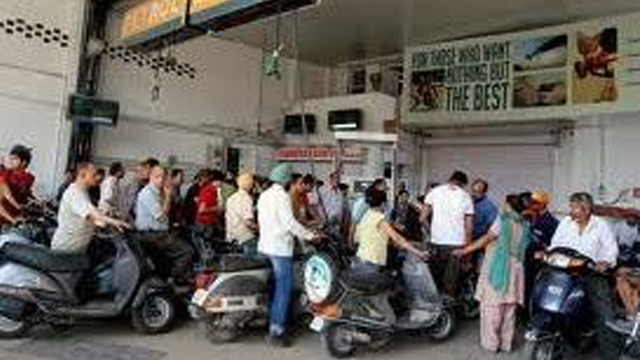Even though we are at the comforts of our home and office, technology is paving newer paths for the world.
With solar cells, geysers, kitchen equipment, light systems and the like, it is time for a solar plane now.
Two Swiss pilots have covered around 270 miles on a plane carrying no fuel, called Solar Impulse 2, that covered the area from Abu Dhabi, UAE to its first stop at Muscat, Oman on Monday, 9th March.
The two pilots, André Borschberg and Bertrand Piccard have launched this project which will last a good five months in its journey around the world where the flights would be for continuous five or six days while the pilots swap positions on the single-seater plane that is propelled by nothing but the sun.
This is the first-ever attempt to fly the entire globe, a complete 21,747 miles or 35,000 km in 12 legs across the Altantic and Pacific oceans, returning to Gulf only in the month of July or August.
These pilots would be enduring a gruelling 250 hours in the narrow cockpit without any oxygen or even a temperature control option while the outside temperatures would range somewhere between -40 to 40 degrees Celsius.
As the first such solar-power flight has been launched, it comes with another disadvantage: the pilots would have to constantly attend to it and cannot afford to take long naps.
They would only be able to survive the day with 20-minute naps after every two to four hours. Eventually they will be woken up by pilots who will wear goggles and flash lights.
Apparently, they intend to practice yoga and have even taken training for the same to ward off the physical strains they will experience during the journey owing to sitting in the same position on the same seat for several days at a time. However, Borschberg reported that concentration is the most difficult part of the entire project.
Piccard, a psychologist, has been learning meditation and hypnosis techniques so that they can work on their concentration levels better.
The plane not only provides energy efficiency but also enlarges the possibilities of having a clean flight.
The pilots are however, unsure upon the success of the mission as it is interesting to simulate, calculate and imagine but it is only during practical testing and experimentation that one gets to know the real picture, though the pilots are both confident and hoping to meet each other in five months.
Both the pilots have circumnavigated the globe from one coast to another in the US before this and are now expanding their boundaries to cover the whole world.
The plane’s built is light and weighs the same as a Volvo Sedan, its top mileage being 140 kilometres per hour, but the pilots will have to constraint on the battery usage by letting the plane use half of that speed. Its wings are huge that help it in absorbing the solar radiation and maintaining its flight, with 17000 solar panels powering them and making them look wider than even a Boeing 747. Lithium Batteries of a quantity of 633 kilos, that is somewhere about a quarter of the entire plane’s weight, are present in the plane to provide for energy for motors overnight.
The cockpit still lacks the provision of more space, oxygen supplies, food and other support systems of life. It comes with solar cells that constitute a very thin film. This solar energy trapped in its batteries is used for providing power to the motors and aiding its move while at night. There will be several halts in between this journey so that the pilots get enough time to rest and even fix any maintenance problems in the plane.
This project will bring about the viability of green flights and the promise of cleaner energy. For now, the two pilots are planning on campaigning on “Future is Clean” where the Solar Impulse Mission is set to garner support from English business magnate, Richard Branson and Prince Albert of Monaco.
Unfortunately, this plane cannot yet be called the future as it has a single-seater and too light-weighted to be used for a commercial purpose.
The Solar Impulse 2 has not only been instrumental in bringing about cleaner, greener options for flights, but has also been the first one to fly the distance between two continents.
Aviation industry is believed to burn the maximum amount of carbon according to the number of passengers and kilometres and emits a limitless quantity of greenhouse gases because of its emissions.
However, according to the pilots who pioneered this project and the Aerospace magazine, “it will take, as it took in the past, around 30-35 years to fly clean. New technologies will have to be developed , this will take time.”
However, this project and such energy-wise technologies can provide for great ideas of solar efficiency and power-saving in homes, inside cars and other useful, daily appliances as “unlike conventional engines, the aircraft loses only 3 per cent of energy through heat whereas the standard loss would be somewhere around 70 per cent.”
Energy efficiency, being the cheapest method for lessening carbon emissions across the world, Borschberg claims that these technologies help to “cope with a major part of the challenge we are facing today in terms of energy, environment, pollution, natural resources and so on.” (As reported to The Guardian)

